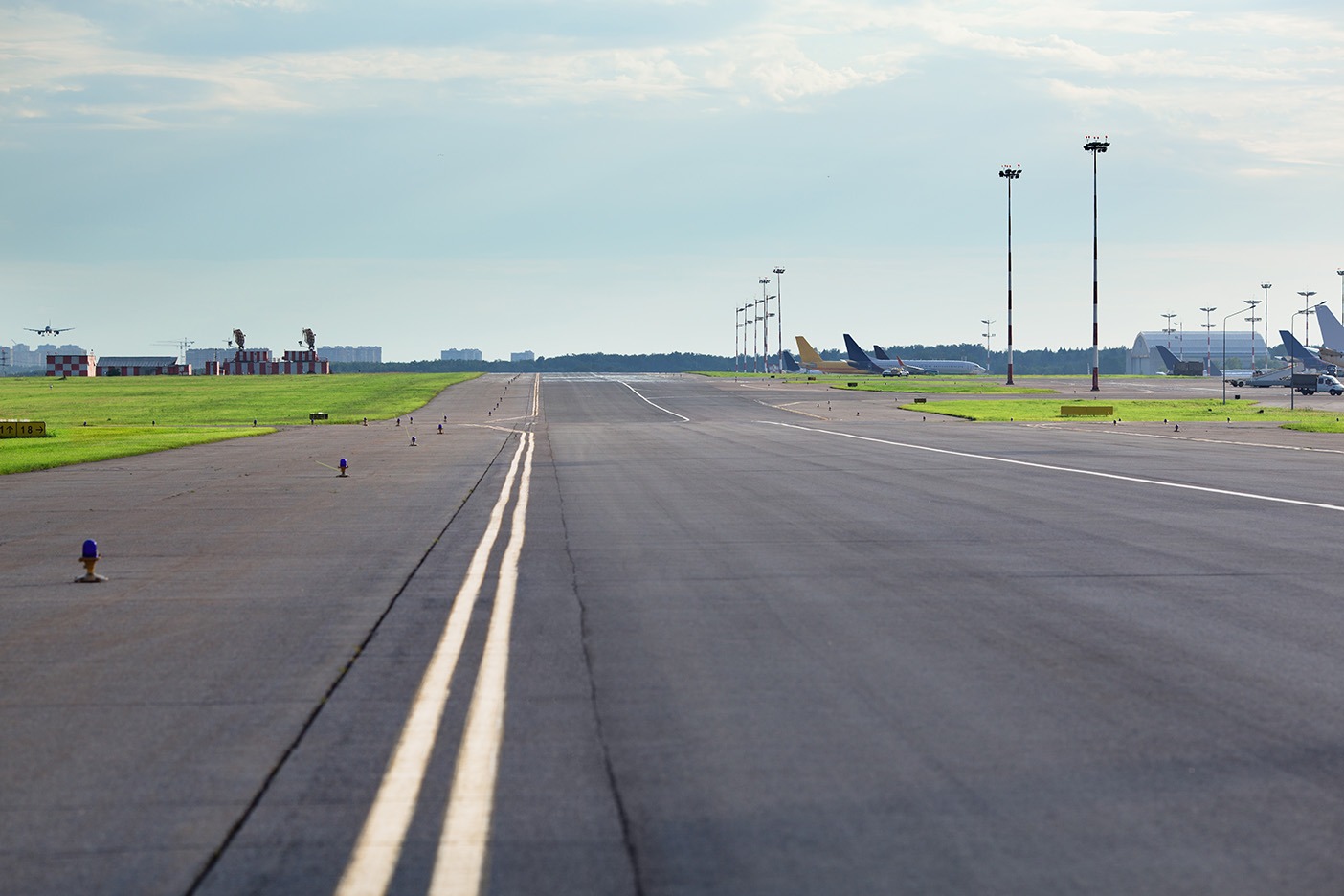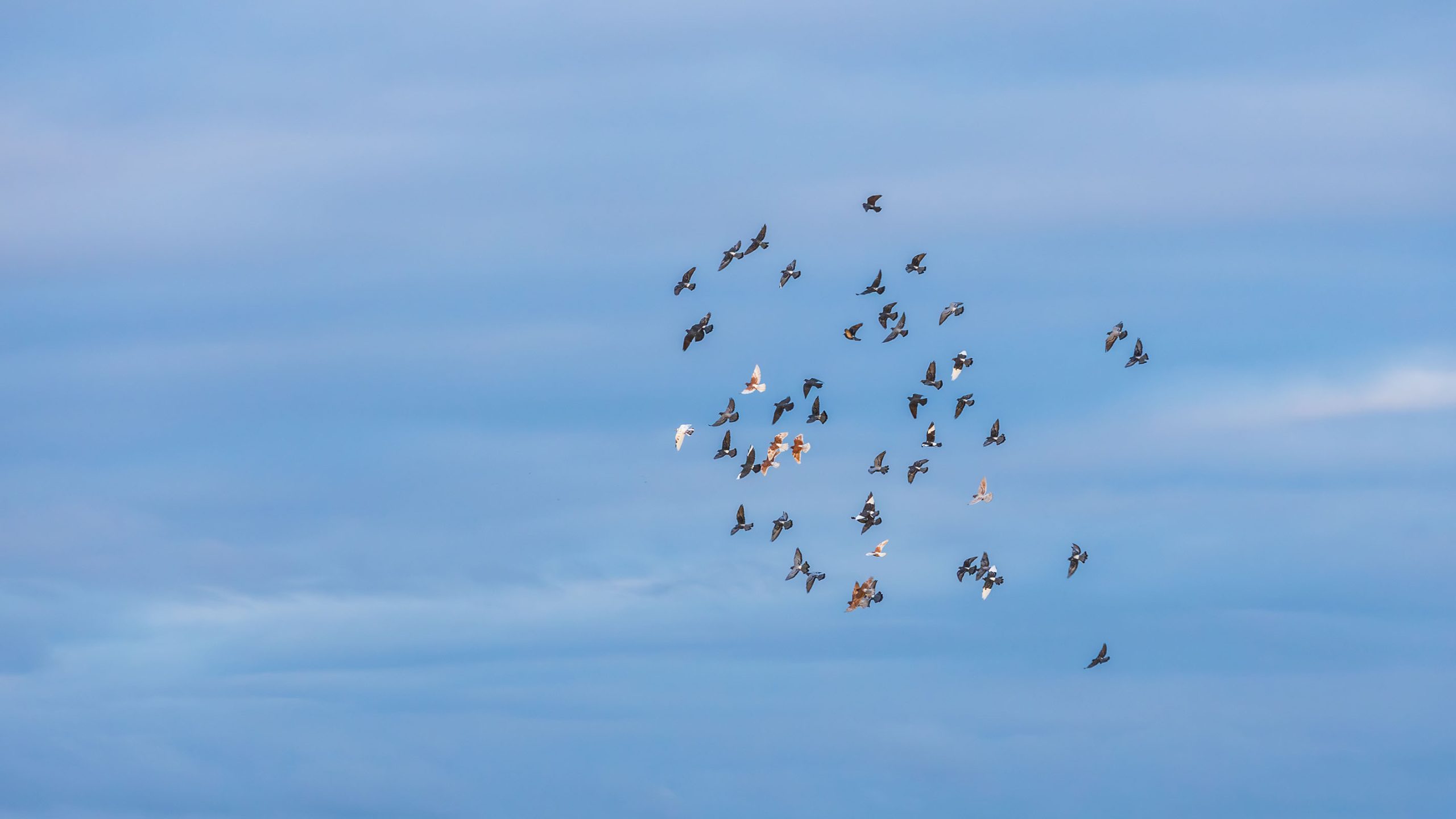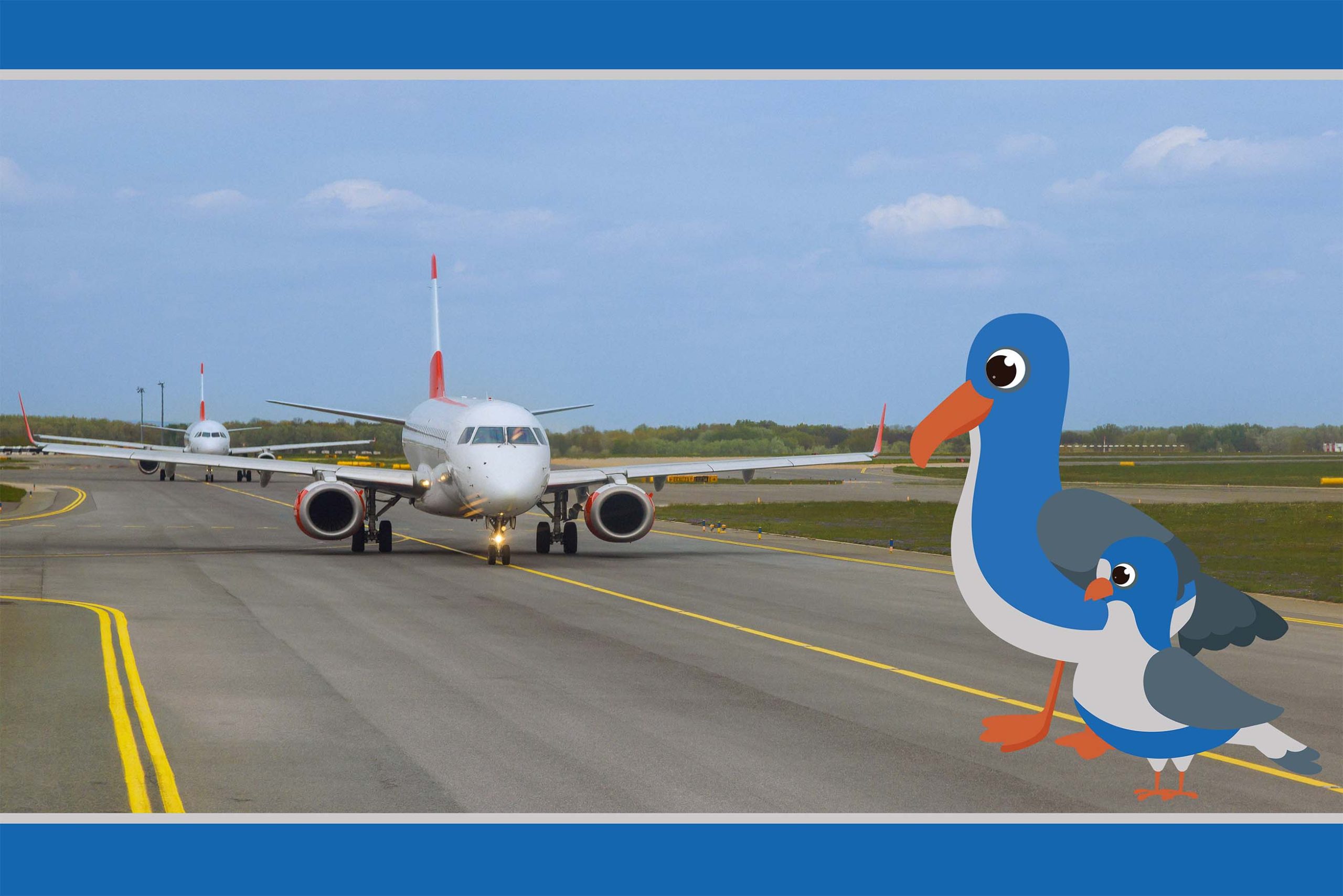Bird Strikes: A Persistent Challenge for the Aviation Industry
Bird strikes, a constant challenge for the aviation industry, continue to pose significant risks to aircraft operations worldwide. Despite advancements in technology and mitigation strategies, the frequency and severity of bird strikes has not diminished.
The Scale of the Problem: An Increasing Threat
Bird strikes (collisions between birds and aircraft) are a significant safety concern. The risk of bird strikes can be particularly high during take-off and landing when aircraft are operating at lower altitudes. However, incidents at higher altitudes, sometimes involving larger bird species, can have catastrophic consequences. The infamous “Miracle on the Hudson” in 2009, where a US Airways flight was forced to ditch in the Hudson River after a bird strike disabled both engines, highlights the potentially severe outcomes of these incidents.

Factors Contributing to Bird Strikes
The expansion of urban areas and changes in land use near airports have created environments that attract birds. Wetlands, open fields, and landfills near airports serve as habitats for various bird species, increasing the likelihood of encounters with aircraft. On top of the above, climate change is significantly altering migratory patterns and the distribution of bird populations, leading to new challenges in predicting and managing bird strike risks. Warmer temperatures and changes in food availability are causing some species to migrate earlier or settle in different areas, often near busy airports. Coupled with this, the growth in global air traffic, particularly in regions with dense bird populations, makes bird strikes increases even more likely.
Bird Strike Mitigation
Airports have long employed wildlife management teams to monitor and control bird populations in the vicinity. These efforts include habitat modification, the use of bird deterrents like pyrotechnics, and deploying trained falcons or dogs to scare birds away.

Primetake’s Solution to Bird Strike Prevention
As a leading UK manufacturer of specialist pyrotechnic solutions, Primetake’s existing range of bird scaring cartridge solutions continues to expand, to meet a broader variety of bird scaring requirements.
Primetake’s Bird Scaring Cartridges offer the following capabilities:
- Long & Short-Range Options
- Screech to Bang Options
- Coloured Tracing Options
- New Environmentally Friendly Cartridge Options – Biodegradable Cover.
For over 30 years, we have worked closely with both airfield operators and wildlife management specialists, across the globe, to ensure airports remain equipped with bird strike prevention cartridges they can rely on.
The Path Forward: Collaborative Efforts
Addressing the issue of bird strikes requires a collaborative approach to develop more standardized approaches to bird strike prevention. Enhanced data sharing between airlines, airports, and regulators can improve understanding of bird strike patterns and help operators develop targeted mitigation strategies to support the strategic deployment of airfield bird scaring teams.
A Persistent Challenge
Bird strikes remain a significant challenge for the aviation industry, posing risks to safety and operational efficiency. While modern technical advancements have made some progress within the Bird Scaring domain, the dynamic nature of bird populations and environmental changes means traditional cartridge-based methods of bird dispersion remain a key part wildlife managers’ arsenal. With the right muti-faced approach, it is possible to reduce the incidence of bird strikes and enhance the safety of air travel for all.


